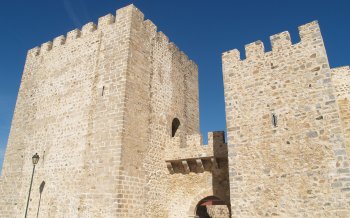Explore the best places
Results for castelo in Portugal
Castelo de Avis
- heritage
Pátio das Cisternas, 12-A
7480, Avis
Built in the 13th century, the castle was rebuilt in the 15th and 16th centuries. Its construction is due to Fernão Anes, master of the military order of Avis. Of the six towers the Castle possessed, kept, just three and a few pieces of wall, adapted for modern buildings. The Queen's Tower or the convent, the Torre de Santo António and Torre de s. Roque.
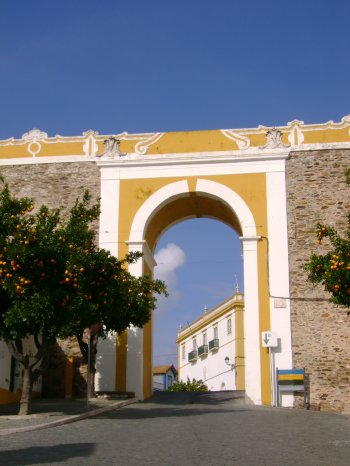
Castelo de Barbacena
- heritage
Largo do Castelo
7350-431, Barbacena
Castle erected in the 16th century and rebuilt in the 17th century, of quadrangular plant, which only maintains original moth, the wall cloths and turrets. Features a carved stone portal in masonry forming a pediment with two spires and coronation. The yard has central cistern, without water, two abandoned cannon and buildings all around.
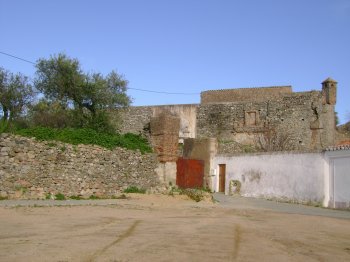
Castelo de Beja
- heritage
Largo Dr. Lima Faleiro
7800-265, Beja
The set of the Castle are the keep of the era of d. Dinis, in marble, with semi-detached and a window counter matacães surrounding. Masterpiece of military architecture, the Tower of Beja has great historical-monumental value. Of defensive buildings of Roman origin only the arco da Porta da Vila and the port bow of Évora. The door of Moura is the only vestige of the medieval fortification.
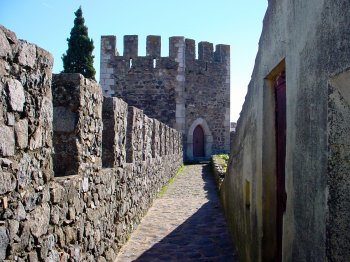
Castelo de Belmonte
- heritage
Largo do Castelo
6250-067, Belmonte
As we approach the entrance to the village, we come across its Castle, classified as a National Monument. Pedro Álvares Cabral, the most famous inhabitant of Belmonte, was born here. The fort was built in the 13th century, at the behest of D. Afonso III, and in 1466 it became the residence of the Cabral family. One of its most emblematic points is the Manueline-style window from the 16th century, from where you can enjoy a breathtaking view of the valleys and mountains that surround the village.
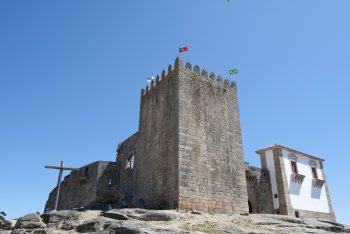
Castelo de Belver
- heritage
Rua de São Pedro
6040-024, Belver
Circular castle facing the Tagus River, built in 1194 by Sir Afonso Pais and rebuilt in 1390 by Sir Nuno Álvares Pereira. It maintains the walls of the wall, partly battlemented and with traces of turrets. The entrance door was built in the 15th century and has a round arch. Inside the castle is the chapel of São Brás, which features a pleasant 17th century altarpiece. Belver Castle was the starting point for several actions against the Moors, and also served as support for King João I during the War of Independence.
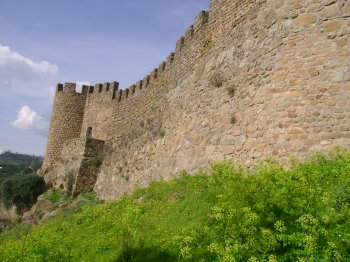
Castelo de Borba
- heritage
Avenida do Povo, 21-23
7150-103, Borba
Castle made of stone masonry and a thick wall, with a wide walkway running along the entire wall. The Porta do Celeiro stands out, flanked by a single turret, the Porta de Estremoz, leading to the large Alentejo square, flanked by its two towers. Still worthy of attention is the Keep, reinforced with marble masonry on the corners, square and squat, completely solid.
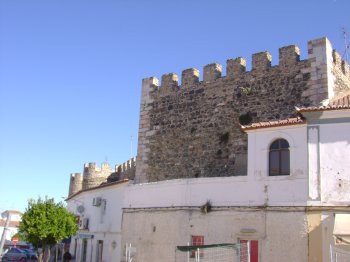
Castelo de Bragança
- heritage
Rua Dom João V, 62 - Cidadela
5300-025, Bragança
Built in the twelfth century, and classified as a National Monument since 1910, it is one of the best preserved castles in Portugal, with its distinguished Keep, considered one of the most beautiful military buildings in the country. Also, noteworthy is the elegant Citadel and the heart-shaped walls and its typical houses. On the north side of the walls, stands the "Princess Tower", where, according to legend, a young Moorish girl loved by a Christian lived as a prisoner.
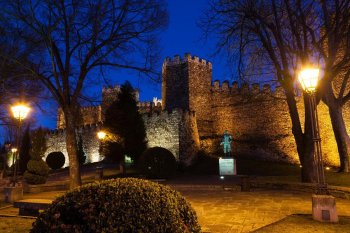
Castelo de Chaves
- heritage
Praça de Camões, 14
5400-517, Chaves
Built by Dom Dinis, this castle was of great strategic-military importance in the defense of northern Portugal. The two forts, both built during the Restoration Wars, form quadrilaterals reinforced at the angles by bulwarks. Currently, remains of military walls are preserved. From the construction of the Dom Dinis era, only the keep, which houses the Military History Nucleus, remains.
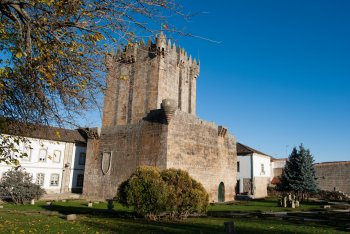
Castelo de Elvas
- heritage
Rua da Parada do Castelo
7350-082, Elvas
The Plaza de armas has the shape of an irregular polygon. The entry in the Alcazaba is done through three main doors: the door to the corner of Olivenza and the s. Vicente. The keep was rebuilt in 1488. On the entrance door are the arms of d. João, surmounted by a tile Panel represented the Holy family. The primitive fortifications have been built on a castro later romanized. After the reconquest from the moors of Elvas, d. Sancho II had rebuilt the fortification. During the reigns of d. Dinis, King John II and Manuel suffered modifications.
